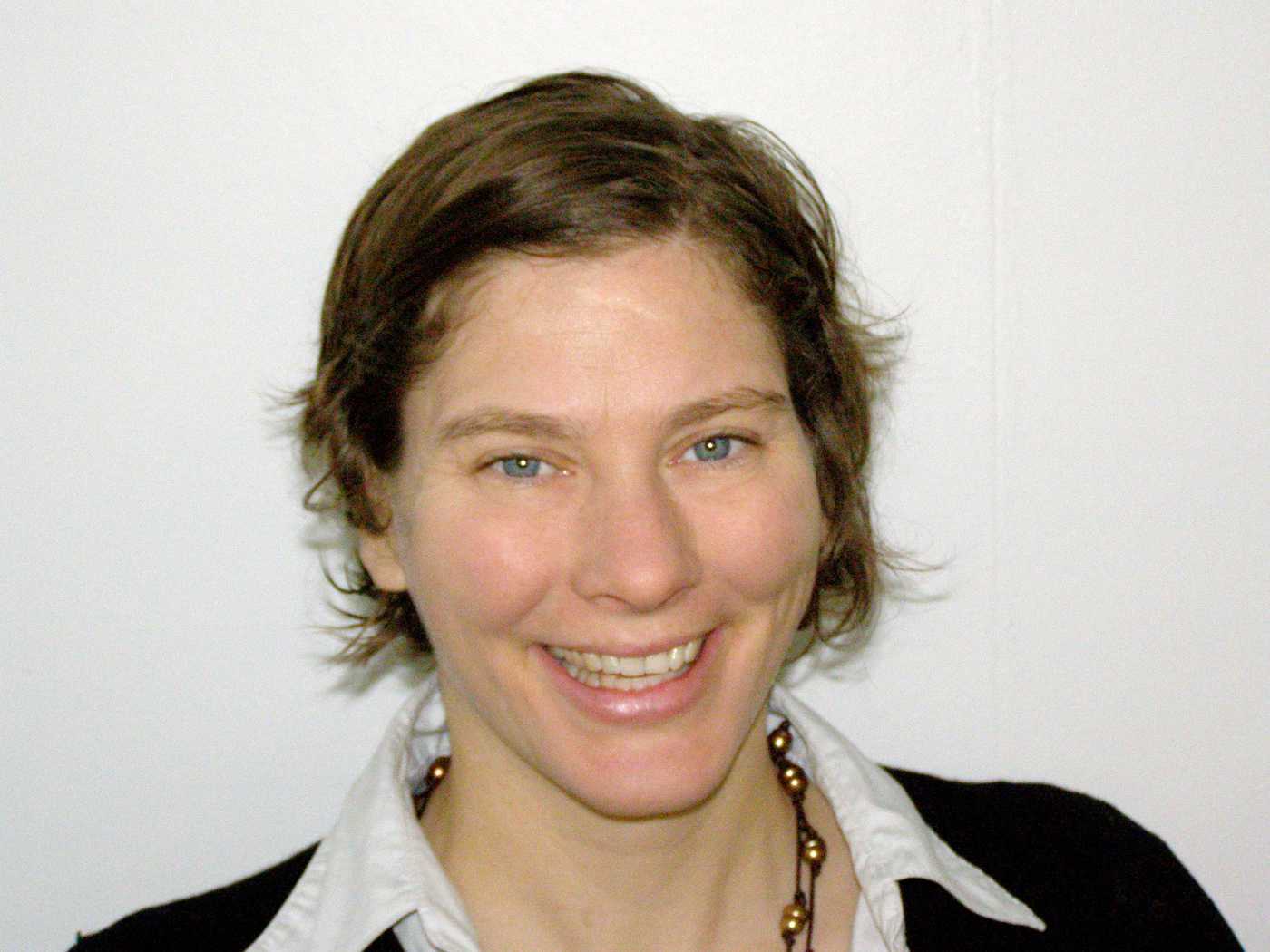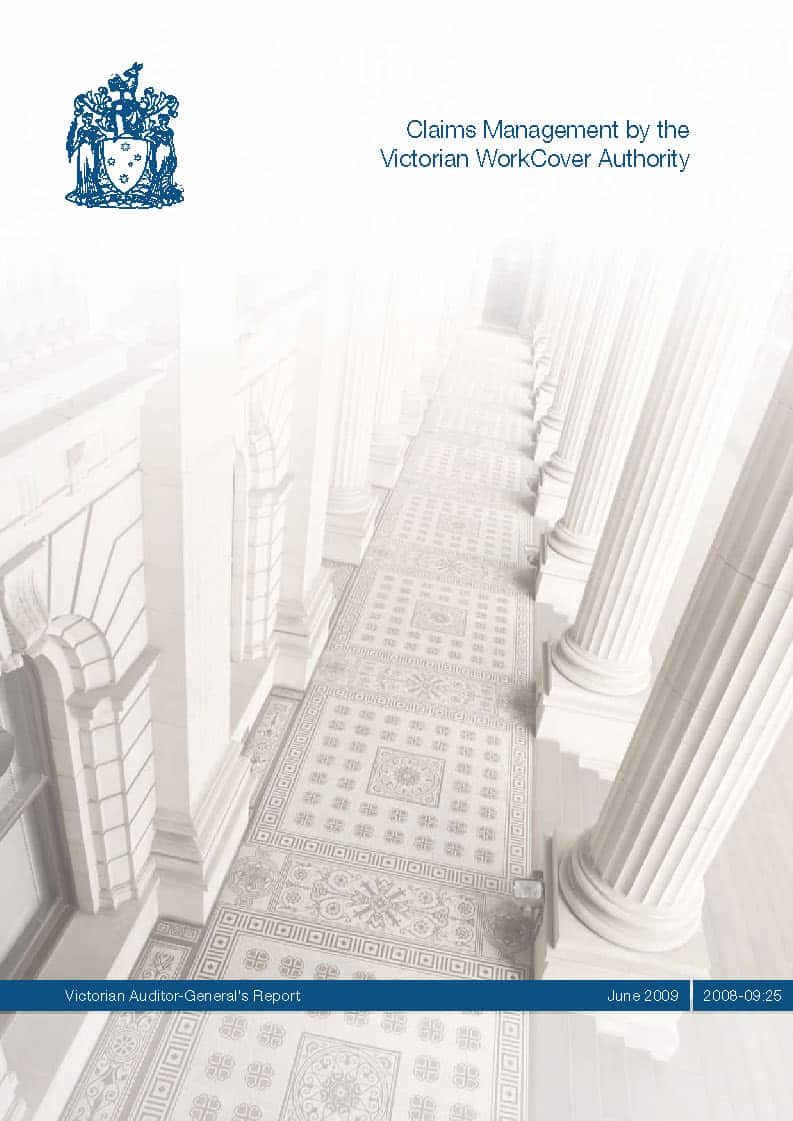In 2006, one of the earliest editions of the SafetyAtWork podcast featured several speakers on issues that remain topical. The podcast is available for download
Anne Mainsbridge, currently a Solicitor with the Public Interest Advocacy Centre talks about her report on environmental tobacco smoke.
This is followed by Associate Professor Tony LaMontagne of the University of Melbourne talking about a systematic approach to managing workplace stress. This was a report that was published by the Victorian Health Department and, as such, slipped by many OHS professionals. The report is now available for download
The audio production is rough for such an early podcast, and I apologise, but I think you will find the content of interest.



